Size: Small Plant | Pot Included | Free Shipping
The Alocasia azlanii, also known as the Jewel Alocasia or Red Mambo, is a rare and highly sought-after houseplant prized for its iridescent, dark green leaves with striking purple veins and a purple underside.
Here’s how to care for Alocasia Azlanii:
Light:
- Prefers bright, indirect light. An east or west-facing window with filtered sunlight is ideal.
- Avoid direct sunlight, which can scorch its delicate leaves.
- It can tolerate lower light conditions, but this may result in less vibrant foliage and slower growth. Grow lights can be used as a supplement.
Water:
- Keep the soil consistently moist but not waterlogged.
- Water when the top 1-2 inches of soil feel slightly dry to the touch.
- Ensure the pot has good drainage to prevent root rot.
- Reduce watering frequency during the dormant winter months.
Humidity:
- Alocasia azlanii thrives in high humidity, ideally above 60%.
- Low humidity can lead to stunted growth and brown leaf edges or spots.
- Increase humidity by misting regularly (2-3 times a day), using a humidifier, or placing the pot on a pebble tray filled with water. Grouping plants together can also help.
Temperature:
- Maintain average household temperatures between 18-24°C (65-75°F).
- Avoid cold drafts and sudden temperature changes, which can stress the plant.
Soil:
- Use a well-draining, aerated potting mix that can retain some moisture.
- A mix of two parts perlite or coconut husk and one part potting soil is often recommended.
Fertilizer:
- Alocasia azlanii is a relatively heavy feeder.
- Fertilize once a month during the spring and summer growing season with a balanced liquid fertilizer diluted to half strength.
- Do not fertilize during the fall and winter when the plant is dormant. Ensure the soil is damp before fertilizing to avoid burning the roots.
Toxicity:
- Alocasia azlanii is toxic to cats and dogs if ingested.
Common Problems:
- Yellowing leaves: Can be a sign of overwatering, underwatering, or nutrient deficiencies.
- Drooping leaves: Often indicates underwatering or low humidity.
- Brown leaf edges or spots: Usually caused by low humidity or inconsistent watering.
- Root rot: Results from overwatering and poorly draining soil.
- Spider mites: These pests can infest the plant, look for webbing on the leaves and treat with insecticidal soap or neem oil.
With the right care, your Alocasia azlanii can be a stunning and unique addition to your indoor plant collection!
Only logged in customers who have purchased this product may leave a review.


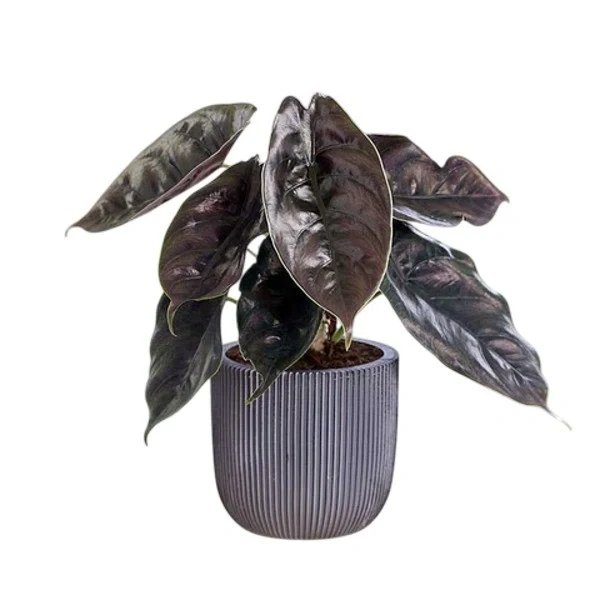

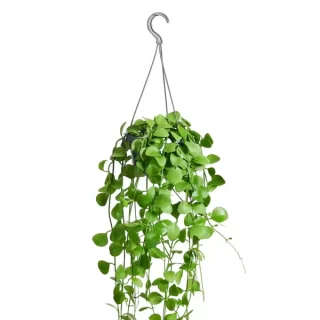
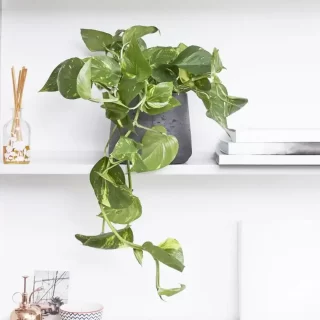

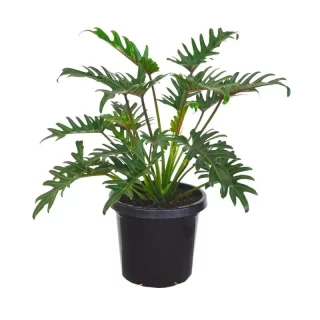
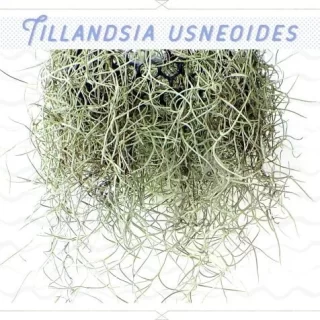
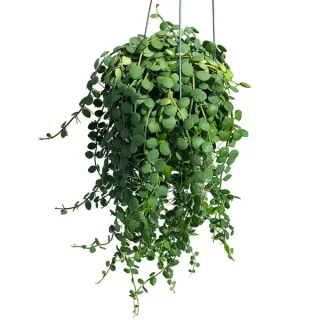
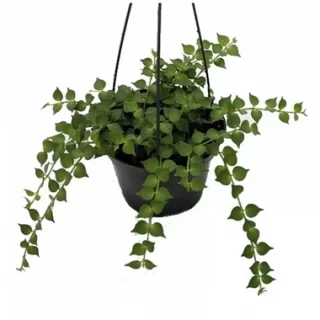
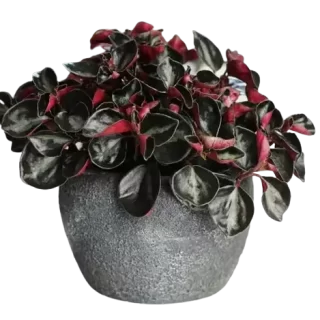
 If you need any assistance, I'm always here. Have you found what you were looking for?
If you need any assistance, I'm always here. Have you found what you were looking for?
Reviews
There are no reviews yet.